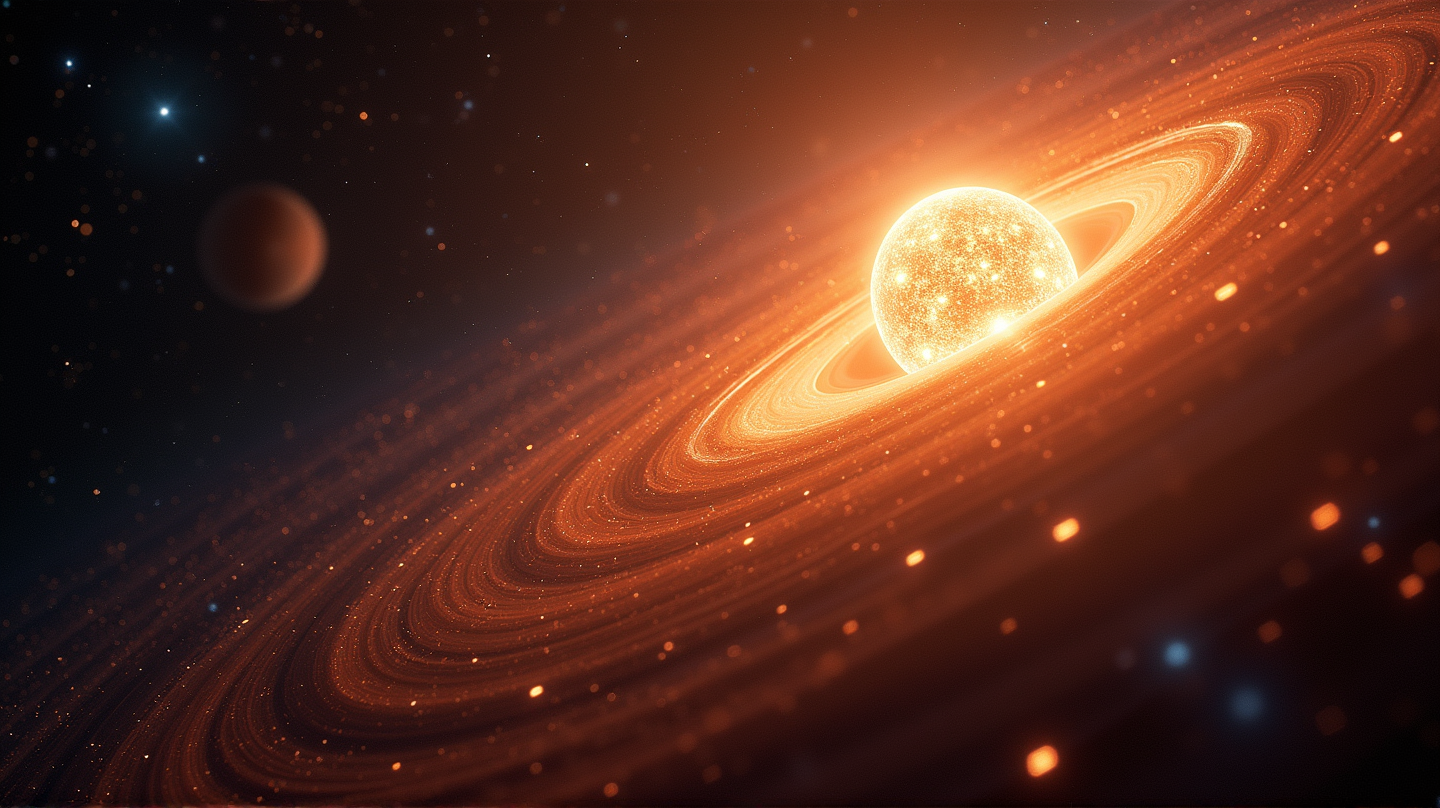James Webb's Cosmic Recipe: Cracking the Code of White Dwarf Cuisine
The James Webb Space Telescope unveils the mysterious "lunch menu" of a white dwarf with insights into its chemical makeup, challenging known cosmic perceptions.

Astounding findings have emerged from the depths of space as the James Webb Space Telescope (JWST) takes center stage in unveiling the chemical tapestry surrounding a distant white dwarf. This cosmic episode not only provides a window into the dynamic life cycle of stars like our Sun but also enriches our understanding of planetary evolution.
Illuminating the Dark: White Dwarfs Unveiled
White dwarfs, the enigmatic remnants left after a star forsakes its hydrogen reserves, present a rich field for cosmic inquiry. Their dense cores, akin in size to Earth but with the staggering mass of the Sun, hold secrets of stellar life cycles that astronomers like to call the ‘cosmic afterlife’.
A Tale of Accretion: Cosmic Recycling at Its Best
Recent observations have uncovered a narrative of cosmic recycling. These celestial entities offer more than just a glimpse into star death. The presence of metals in their atmospheres suggests a history of consuming planetary material—specimens from their former solar system garden, now nestled into the fabric of their gaseous shroud.
GD 362: A Cosmic Detective’s Dream
From a distance of 183 light-years, GD 362—a heavily polluted white dwarf—has become a focal point for JWST’s lens. This white dwarf, compact yet profound, displays an atmosphere rich with helium and metals, intriguing astronomers with a uniquely massive dust disk.
Dusty Revelations: The Ingredients of Space
The JWST’s spectral sensitivity unveils the specific makeup of GD 362’s surroundings, showing a blend of both amorphous and crystalline olivines, pyroxenes, and carbon. The absence of water or hydrogen traces, discovered solely through the telescope’s infrared prowess, suggests an arid dust composition, a departure from typical interplanetary dust bodies.
Cosmic Kinship: Disk and Atmosphere Unite
Astronomers find alignment between the dust disk’s elemental composition and the white dwarf’s atmospheric contents, further validating a shared history through the accretion of ancient planetary debris. Such findings tie into broader cosmic principles, offering a lens through which we understand planetary formation across galaxies.
A Cosmic Connection: Science Meets Curiosity
According to Universe Space Tech, the insights offered by the James Webb Space Telescope not only paint a vivid picture of GD 362 but also propel science beyond previously known cosmic narratives. Indeed, these findings continue to swell the river of knowledge flowing from the unending curiosity and perseverance of humankind.
The universe reveals its mysteries, one luminous discovery at a time, reminding us that beyond the glowing embers of dying stars, there is a vast, interconnected cosmos waiting to be explored.

